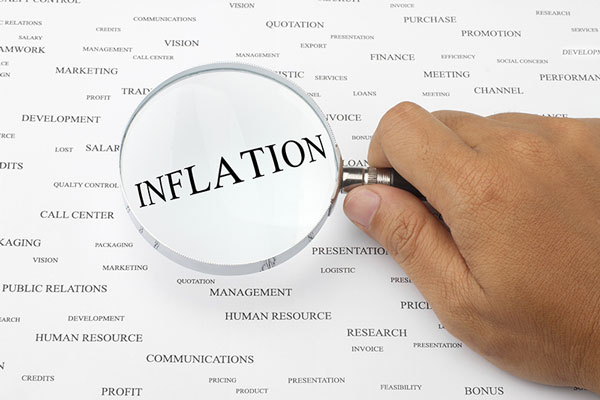Author: Panundorn Aruneeniramarn and Jirayu Photirat
![ThinkstockPhotos-186258686.jpg]()
![Analysis.png]() |
![keypoint.jpg]()
|
- Headline inflation surged to 1.24%YOY in March, up from 0.73%YOY in the previous month. Raw food and energy prices are the main drivers for inflation growth. Raw food price index increased by 3.75%YOY following rising rice flour and cereal products, meat and fruit and vegetable price. Lowered agricultural supply from drought caused fruit and vegetable prices to increase, the first increment in 10 months. Meanwhile, energy price index rebounded with growth of 2.07%YOY from heightened global crude price, after dropping for 3 consecutive months (in March, Brent crude oil price averaged at 66.41 USD per barrel compared to 64.13 USD per barrel in February).
- Core inflation stood at 0.58%YOY, stable from 0.60%YOY in the previous month following stagnated prepared food, housing rent and medical and personal care price index.
- Headline inflation decelerated slightly to 0.74%YOY in quarter 1 from 0.84%YOY in quarter 4, 2018. Energy price index declined by -0.78%YOY following a decease in global crude price in Q1-2019. On the contrary, raw food price index accelerated to 2.51%YOY in line with rice, meat and fruit and vegetable prices. Meanwhile, core inflation averaged at 0.62%YOY in the first quarter of 2019, slightly declining from 0.71%YOY during the last quarter of 2018.
|
![Implication.png]() |
![886_20100622103105.gif]()
|
- EIC has revised down its forecast for average headline inflation in 2019 to 0.9%YOY, a slight decline from the previous forecast of 1.0%YOY. During the first quarter of 2019, inflation falls short of expectation, especially core inflation that remained subdued at 0.6%. EIC views that crude price will be the major factor pressuring inflation to slow from the previous year following projected 7% lower average crude price in 2019 (an average of 66 USD per barrel in 2019, down from 71 USD per barrel). On the other hand, raw food price index in 2019 is expected to accelerate from drought generated from extreme heat. According to the "Surveillance of El Niño La Nina phenomenon" report in March by the Meteorological Department, currently there is weak El Niño development in Thailand (moderate drought), which should prevail until the end of April, after which the weather will return to neutral conditions. As such, severe raw food price increments will last temporarily. Meanwhile, core inflation should remain at 0.8%. Core inflation drivers, such as wages gradually and slowly increased as labor market slack lingers. If the minimum wage hike is enforced as promised by various political parties, EIC believes that the government will provide a grace period for entrepreneurs to deal with such changes beforehand. As a result, the impact on core inflation in 2019 would be limited.
- In the remainder of 2019, policy rate hike opportunities are limited as inflation forecasts slipped below the lower-bound of monetary policy target range. EIC expects that if average inflation in 2019 runs below the lower bound monetary policy target of 1%, the Monetary Policy Committee (MPC) would unlikely vote for policy rate hikes. Moreover, EIC believes MPC will rely mainly on the development of key economic indicators (data-dependent) and if policy rate hikes do occur, the hikes would be gradual.
|
